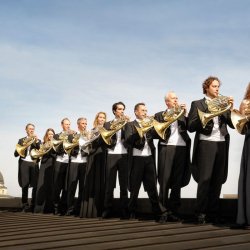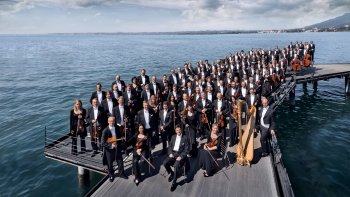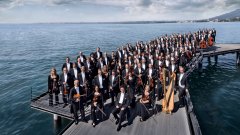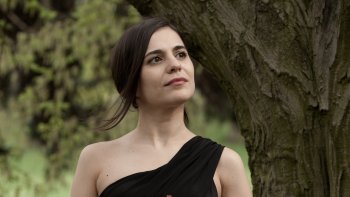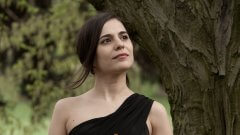Munich Opera HornsIt is no great secret that the horn section in an orchestra is the group with the most zest for life.This basic principle also implies that horn players have a strong sense of tradition, yet at the same are always eager to go down new, enterprising paths.When the “Munich Opera Horns” were founded in 2007, its members wanted to breathe new life into the traditions of their ensemble and evolve new, equally important forms of playing above and beyond the everyday opera routine.The horn tradition of the Munich orchestra goes back a long way: the first hornists were permanently employed in the Bavarian Hofkapelle by Elector Max Emanuel II as early as 1706. Since then, the orchestra has inspired enthusiasm in many great composers; Richard Wagner and Richard Strauss became “household deitiies”. The horns developed their own unmistakeable sound, a high degree of cultivation with plenty of bite, a singing style and a precise attack.The “Munich Opera Horns” uphold these ideals to this day. Their first recording – Robert Schumann’s Concert Piece (Konzertstück) for Four Horns with Kent Nagano and the Bavarian State Orchestra (FARAO classics) – was met with much critical acclaim. Since then, the ensemble has worked on extending its repertoire and tonal scope. It has commissioned new arrangements of pieces from Bach to Piazzolla and has particularly intense working relationships with the hornist and composer Franz Kanefzky and the contemporary composer Miroslav Srnka, who specifically tailored his composition “Fan Faire” to suit the “Munich Opera Horns”.
The work of the “Munich Opera Horns” is informed by the equal status given to all the parts and the enthusiasm shared by its members for different styles of music. In the “Munich Opera Horns”, Upper Bavarians play with Lower Bavarians, alongside an Australian and a French hornist. Johannes Dengler, Franz Draxinger, Rainer Schmitz, Milena Viotti, Wolfram Sirotek, Maximilian Hochwimmer, Christian Loferer, Stefan Böhning and Casey Rippon constantly change roles and work together to achieve the ideal sound of the ensemble. Their work between rehearsals and performances is also reflected in the overall sound of the orchestra.
